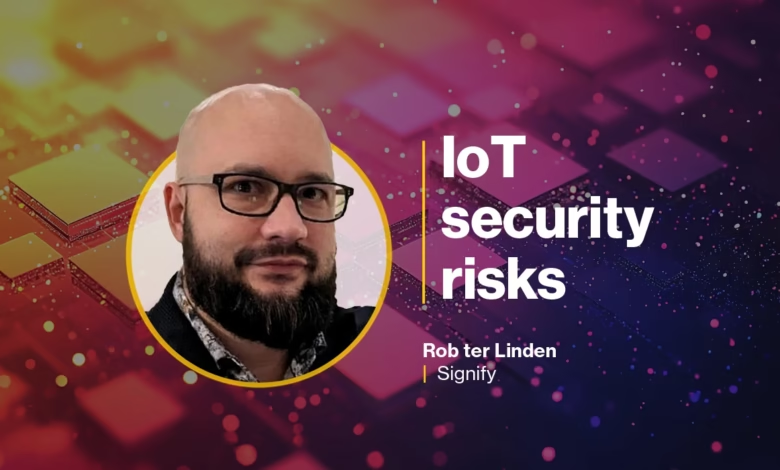Proven Strategies for Long-Lasting IoT Devices

▼ Summary
– CISOs should prioritize compliant IoT infrastructure, easy device management, and preparing for future tech like quantum computing and AI.
– IoT visibility remains challenging due to outdated hardware/software and weak security, especially with BYOD networks.
– Zero trust architecture and network isolation are key strategies for securing legacy IoT devices.
– Evolving IoT regulations increase security awareness but add complexity with region-specific requirements.
– AI-driven IoT threats are a growing concern, requiring agile security measures to limit impact and build resilience.
Securing IoT devices requires a strategic approach that balances compliance, visibility, and future-proofing against emerging threats. For chief information security officers (CISOs), developing a robust IoT security framework involves addressing three critical priorities: building compliant infrastructure, ensuring seamless device management, and preparing for advancements like quantum computing and AI integration.
Visibility remains a persistent challenge in IoT environments, particularly as organizations struggle to inventory devices running outdated software and hardware. Many IoT products lack modern security protocols, making them vulnerable when connected to enterprise networks, especially in bring-your-own-device (BYOD) scenarios. As these devices proliferate across smart homes, buildings, and urban infrastructure, the need for rigorous authentication and network segmentation grows exponentially.
Firmware updates for legacy IoT devices often pose logistical hurdles, but adopting zero-trust architectures can mitigate risks by isolating vulnerable endpoints. While replacing outdated hardware is ideal, cost constraints frequently necessitate interim solutions like restricted network access and continuous monitoring.
Evolving regulations, such as the EU Cyber Resilience Act and U.S. labeling initiatives, are driving positive change by raising security standards, though compliance can be complex due to regional data storage and hosting requirements. Meanwhile, AI-powered threats are amplifying risks, from automated exploits to manipulated industrial signals. Organizations must prioritize agility and resilience, treating IoT systems with the same vigilance as traditional IT networks.
The key takeaway? Proactive security measures, coupled with adaptive strategies, are non-negotiable for safeguarding IoT ecosystems in an increasingly connected world.
(Source: HelpNet Security)